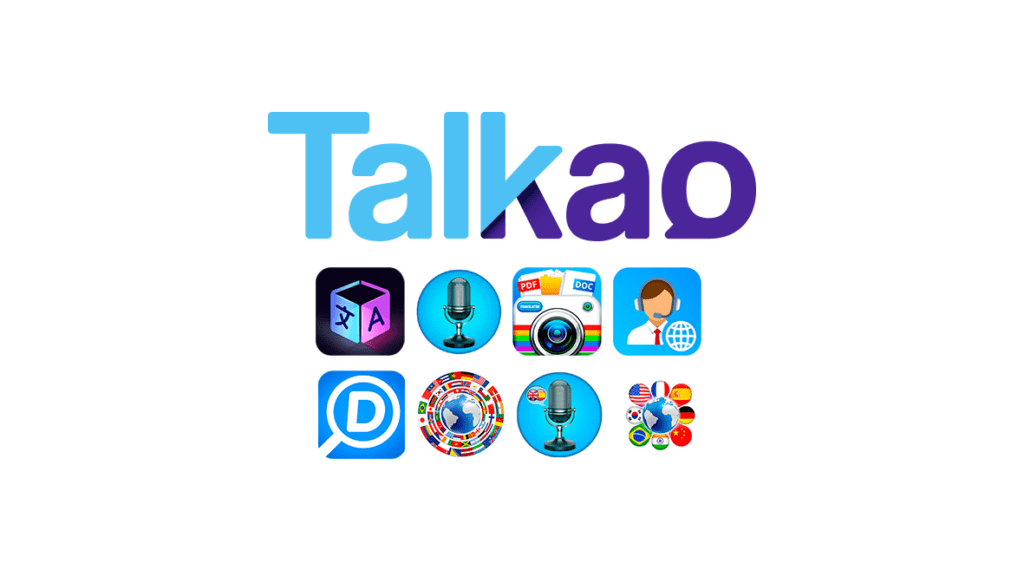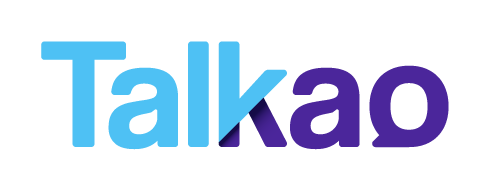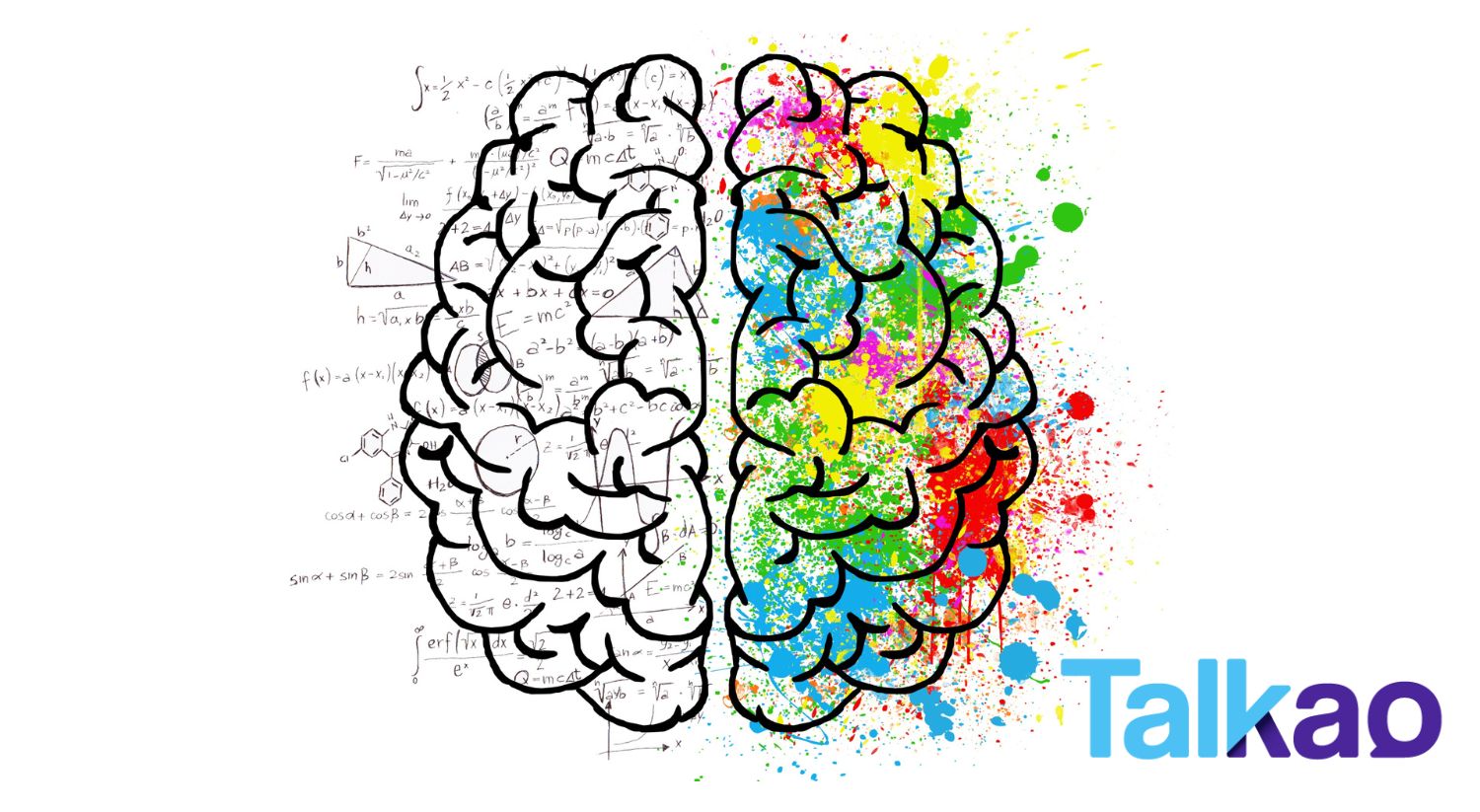
As globalization increases, companies and individuals are finding it necessary to communicate more frequently with people who speak different languages.
As a result, the need for translation tools has become more pressing.
The good news is that there are now AI-based translation tools that make the process of translating text and speech faster and more accurate than ever before.
In this article, I will analyze and compare the best AI-based translation tools available, discussing their advantages, features and drawbacks.
Introduction to AI-based translation tools
AI-based translation tools use artificial intelligence to translate text and speech from one language to another. These tools have become increasingly popular in recent years thanks to advances in machine learning and natural language processing. Such tools are faster, more accurate and can handle a higher volume of work.
Benefits of using AI-based translation tools
One of the main advantages of using AI-based translation tools is speed. These tools can translate large volumes of text in a matter of seconds, whereas it would take a human translator much longer to do the same job.
They are less likely to make mistakes and can also be used to translate speeches in real time, which makes them very useful for international conferences or business meetings.
Popular AI-based translation tools and their features
There are many AI-based translation tools, each with its own unique features. Here are some of the most popular ones and what they offer:
1. Google Translate
Google Translate is one of the most well-known AI-based translation tools. It offers translations in over 100 languages and can be used to translate text, speech, and even images. Google Translate also offers a feature called “Conversation Mode,” which allows two people to have a conversation in different languages using the same device.
2. Microsoft Translator
Microsoft Translator is another popular AI-based translation tool. It offers translations in over 60 languages and can be used to translate text, speech, and images. Microsoft Translator also offers a feature called “Live Feature,” which allows two people to have a conversation in different languages using their own devices.
3. DeepL
DeepL is a newer AI-based translation tool, but it has quickly gained popularity thanks to its high-quality translations. It offers translations in nine languages and can be used to translate text. DeepL uses deep learning algorithms to produce translations that are more accurate and natural-sounding than those produced by other translation tools.
4. Talkao Translate
Talkao Translate is a relatively new AI-based translation tool that has gained popularity in recent years. It is available in over 125 languages and can translate text, voice and images. One of the unique features of Talkao Translate is its ability to translate text within other apps.
The best feature of these apps is that not only do they base their translation using AI but they have a team of native translators behind them constantly improving their applications to make them even better.
Factors to consider when choosing an AI-based translation tool
When choosing an AI-based translation tool, there are several factors to consider. The first is the languages you need to translate. Make sure the tool you choose supports the languages you need. The second factor is the type of translations you need. Do you need to translate text, speech, or images? Do you need real-time translation for conversations? The third factor is the accuracy of the translations. Consider the quality of the translations produced by each tool. Lastly, consider the cost of the tool. Some AI-based translation tools are free, while others require a subscription or payment per use.
Pros and cons of using AI-based translation tools
Like any tool, AI-based translation tools have pros and cons. Here are some of the main advantages and drawbacks of using these tools:
After a thorough analysis, I can faithfully describe to you some of the most characteristic pros and cons of these tools:
PROS
- Accuracy: These tools are able to better understand the context and syntax of the language, which translates into greater translation accuracy.
- Speed: Translating large amounts of text can take a long time if done manually, whereas AI-based translation tools are able to process large amounts of text in a matter of seconds.
- Cost savings: AI-based translation tools are often less expensive than human translation services, especially for large projects.
- Integrations: Many of these tools integrate with other platforms and productivity tools, making them easy to use in different contexts.
CONS
- Lack of context: These tools often lack context, which can result in inaccurate or inconsistent translations. For example, a literal translation of a sentence in one language into another may not take into account cultural connotations or social context and result in a translation that makes no sense.
- Lack of accuracy: Although AI-based translation tools have improved significantly in recent years, they are still not as accurate as humans. Translations can be inaccurate or have grammatical and spelling errors, especially in more complex or technical languages.
- They cannot capture nuances or tones: Such translation tools cannot capture nuances or tones that are often important in human communication. For example, they may miss the sarcastic or ironic tone of a sentence and translate it literally.
- Language dependency: language dependent, meaning that they work best for translating between widely spoken and documented languages but do not represent less common languages or regional dialects well. .
- Cost: While there are some available for free, many of the high-quality tools are quite expensive.
- Lack of customization: AI-based translation tools cannot be customized to meet the specific needs of an individual or company. This can limit their usefulness especially when highly specialized or technical translation is required.
- Privacy and security: Some tools collect and store sensitive data, which can raise serious concerns about data privacy and security.
In conclusion, AI-based translation tools offer a number of advantages in terms of speed, accuracy and cost, but it is important to be aware of their limitations and challenges when selecting a tool.
How AI-based translation tools are changing the translation industry
AI-based translation tools are changing the translation industry in several ways. The first is that the translation process is faster and more efficient. This allows translators to handle larger volumes of work and deliver projects faster. The second way in which they are changing the industry is that specialized translators are becoming more in demand, as human quality is irreplaceable and although they can do basic translations, they have problems with technical or specialized language.
This means that specialized translators in certain areas are more in demand than ever.
The future of AI-based translation tools
The future of AI-based translation tools is bright. As technology continues to advance, these tools will become even more sophisticated and accurate. We may eventually see a tool capable of handling all forms of language, including slang and regional dialects. It is also possible that they will become more integrated into our daily lives, allowing us to communicate with people who speak different languages more easily than ever before, yet experts continue to warn that humans cannot be replaced.
Conclusion and recommendations for the best AI-based translation tools
In conclusion, AI-based translation tools offer many advantages over traditional methods. They are faster, more accurate and can handle a higher volume of work. However, it is important to consider the languages you need to translate, the type of translations you need, the accuracy of the translations and the cost of the tool when choosing an AI-based translation tool, because at the end of the day no AI can replace a human being, nor can it emulate the human quality that a human being can bring to us.
Based on our analysis and comparison, we recommend Google Translate for its versatility and variety of features. However, if you need high quality translations, Talkao Translate may be the best choice.
REMEMBER !!!
You can download our available apps for translating and learning languages correctly available for free on googleplay and applestores.
Do not hesitate to visit our Talkao website and contact us with any questions or problems you may have, and of course, take a look at any of our blog articles.













Newsletter